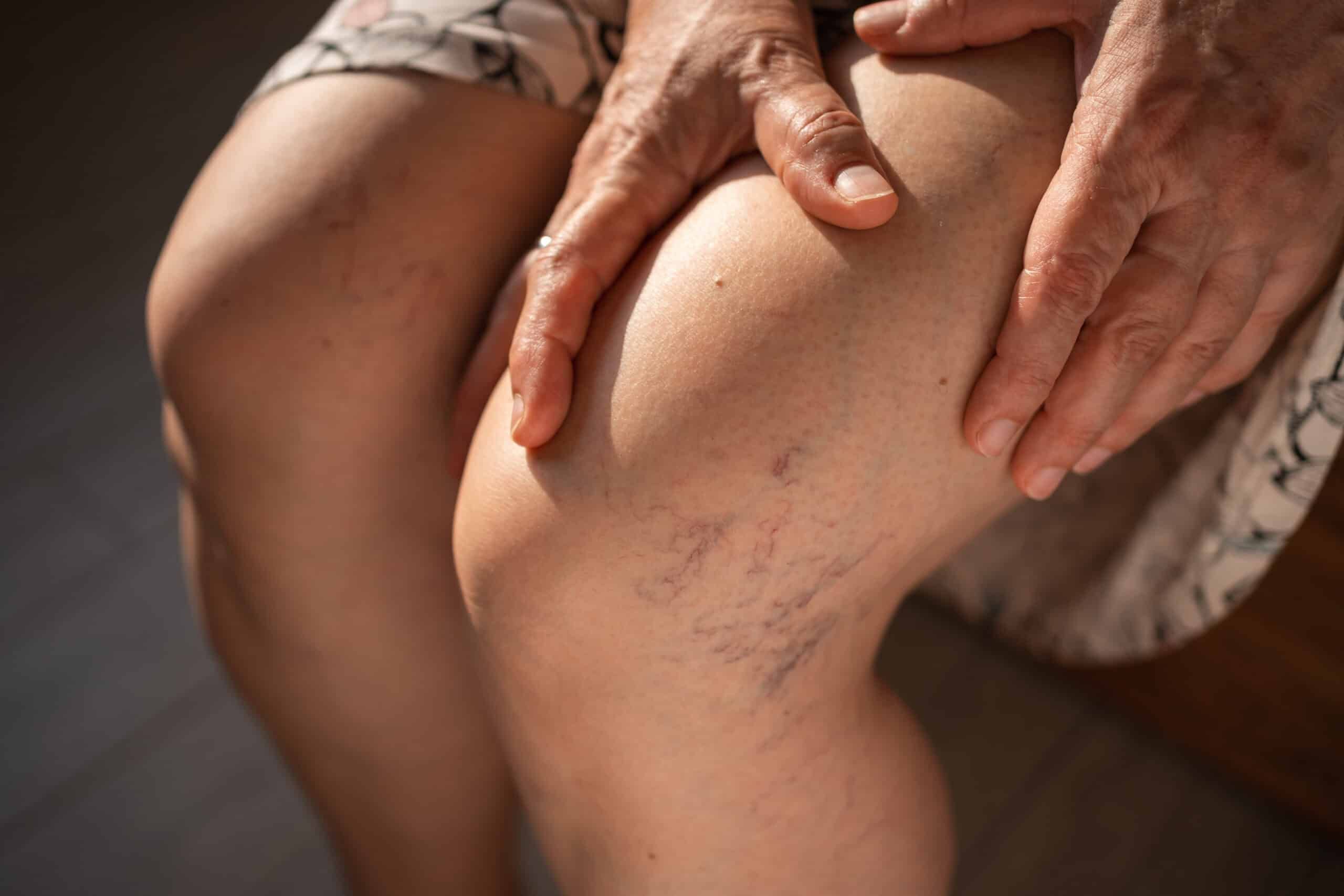Podiatry Care
Want to learn more about this at Kettering Health?
Varicose veins can develop anywhere in the body but are most common in the legs. It is a common condition that typically affects women and those who have occupations that require standing or sitting for long periods.
Varicose veins occur when the valves in the veins do not work correctly, causing blood to pool, and resulting in swelling and discoloration of the affected veins. Symptoms include cramping, achiness, or heaviness in your legs, but some people report no symptoms. Women, especially if pregnant, and people who are older or overweight are more at risk.
Many people with varicose veins don’t like their appearance, but do they pose a health risk?
When to seek help
For varicose veins that are causing discomfort, there are home remedies you can try first. “Patients can wear compression socks throughout the day to relieve symptoms. Compression is also a great preventative measure for those at risk for developing varicose veins,” says Dr. Alyssa Bonta, a vascular surgeon.
Even if varicose veins aren’t causing pain, they can worsen if left untreated. For varicose veins that are only a cosmetic concern, Dr. Bonta recommends trying compression socks for six to eight weeks to see if they improve the look of your varicose veins.
However, if you notice bleeding or an ulcer on the skin, you should see a doctor. “If the vein is bleeding through the skin or there is an ulcer, there is venous inefficiency, and the vein won’t heal until a doctor takes care of it. At this point, the vein needs to be taken care of immediately,” says Dr. Bonta.
Treatment options
When compression isn’t enough to relieve symptoms, Dr. Bonta recommends scheduling an appointment for further testing to determine if a procedure would be helpful. Kettering Physician Network Heart & Vascular has many options available including
- VenaSeal™: an injectable adhesive that closes the affected vein. VenaSeal™ is a minimally invasive outpatient procedure with a quick recovery period; patients can resume normal activities within 48 hours.
- Ablation: a catheter that uses radiofrequency or a laser to cauterize the vein, causing it to close. Ablation is also a minimally invasive outpatient procedure; normal activities can be resumed 48 hours after the procedure.
- Phlebectomy: A small incision is used to remove the affected vein. Phlebectomies are done in an operating room and are typically outpatient procedures. Recovery takes approximately one to two weeks.











